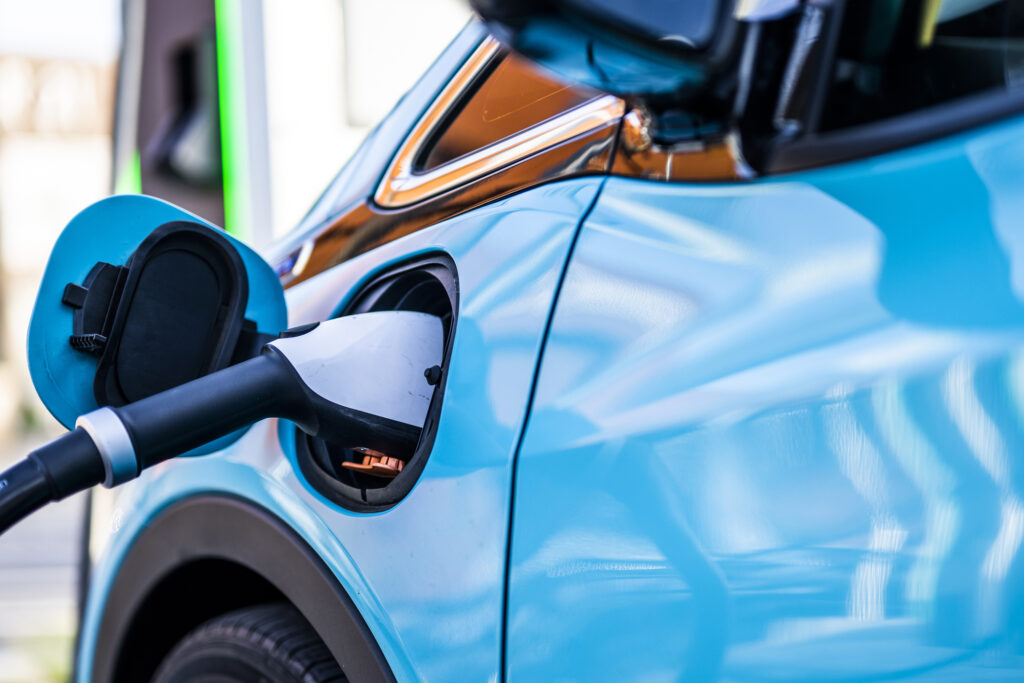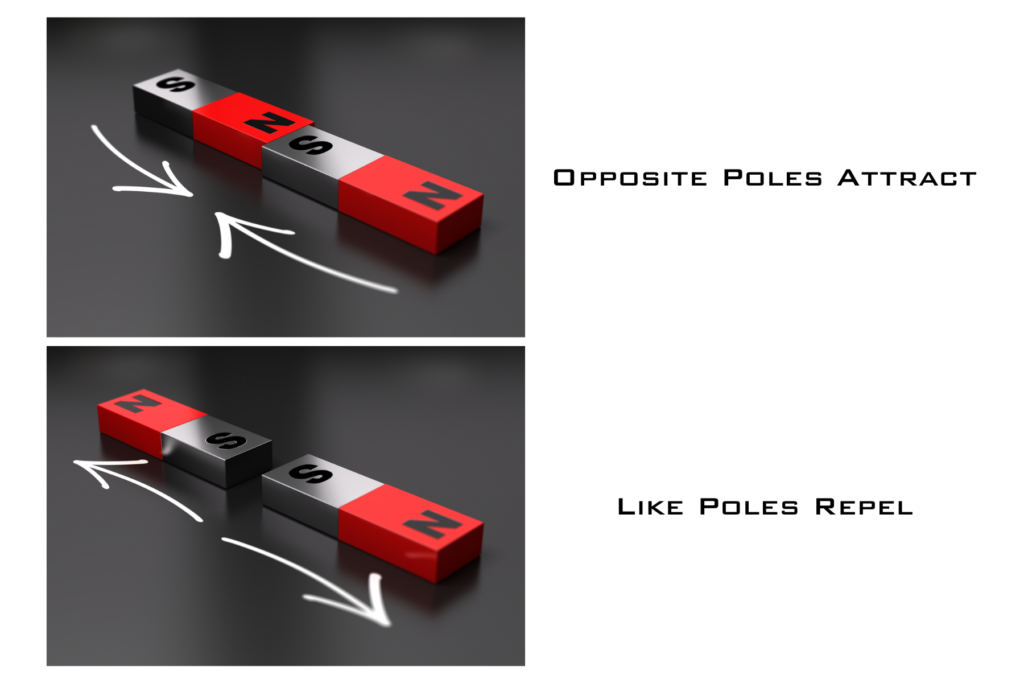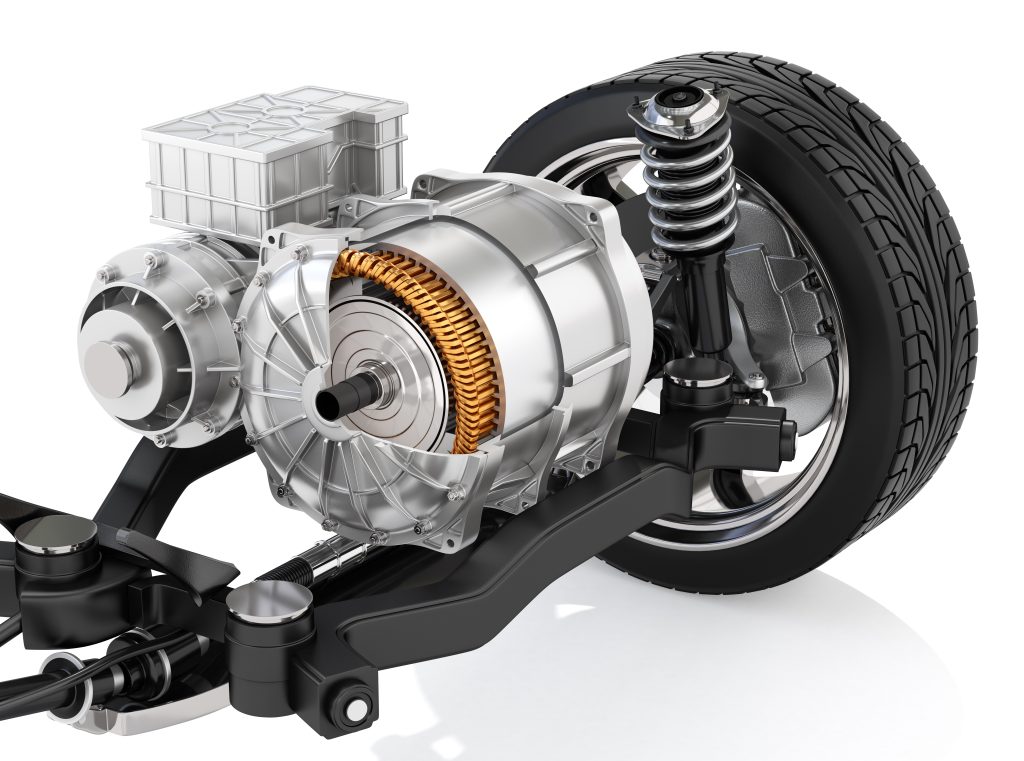Heads-up, we’re about to talk science and a bit of engineering too, but we promise to make it fun and educational because, hey, the Electric Vehicle (EV) revolution is underway, and we know that you want to learn how EV motors work.
Let’s go!

Think back to your early years in school when you probably played with magnets. We all did, right? Magnets produce magnetic fields, each consisting of a north pole and a south pole. In the case of a typical EV motor, electromagnets produce magnetic fields when electricity travels through the motor’s wire coils.
Regardless of how these magnetic fields are produced, opposite magnetic poles attract, and like poles repel, just like those magnets you played with in school.

The motor in a typical Electric Vehicle works by mounting one set of magnets or electromagnets to a shaft and another set to a housing that surrounds the shaft. A closed electrical circuit sends electrons along a wire coil, which generates electrons causing an electromagnetic field that contains a north and a south pole.
Science!
When the north and south polarity is periodically reversed on one set of electromagnets, the EV motor uses the attracting and repelling energy to rotate the shaft. Rotating the shaft converts electricity into torque, turning the wheels. The cycle of continually switching north and south poles keeps an electric car motor spinning and gives you the zoom you desire.

But how is the electricity we need for motivation delivered to the wire coils inside the EV’s motor and what type of current does an EV motor need to function? That’s where our friend, alternating current (AC), comes in. AC power is the same type of energy that powers your home. This power “alternates” the north/south or plus/minus polarity of the power 60 times per second (which translates into 110 volts to your home’s electrical outlet).
Direct current (DC) is what goes into and comes out of the positive (+) and negative (-) poles of every battery, but it’s AC power that electric motors require to make them spin. Otherwise, the electromagnetic force would lock the poles together.

Electric Vehicles built today are designed to manage both AC and DC energy on board. The vehicle’s battery stores and releases DC current, but the motor needs AC to spin. When recharging the battery of an EV, the supplied energy comes into the onboard charger as AC current during a Level 1 and Level 2 charge. For Level 3 “fast chargers,” DC high-voltage current is supplied to charge the vehicle’s battery.
An EV’s onboard electronics system is designed to handle both types of power flow, giving you the option, when available, to charge your EV at a faster rate (DC Level 3). Plus, the onboard electronics brain of the EV also controls the amount of voltage required to operate various systems throughout the vehicle that require different amounts of voltage to function like the motor, lighting, infotainment, and chassis system.
You see, science and engineering can be fun! We hope you enjoyed our basic summary of how an EV motor works because we’ve got more interesting EV knowledge to share with you, coming soon
By Mark Arsen, LeithCars.com

Leave a Reply